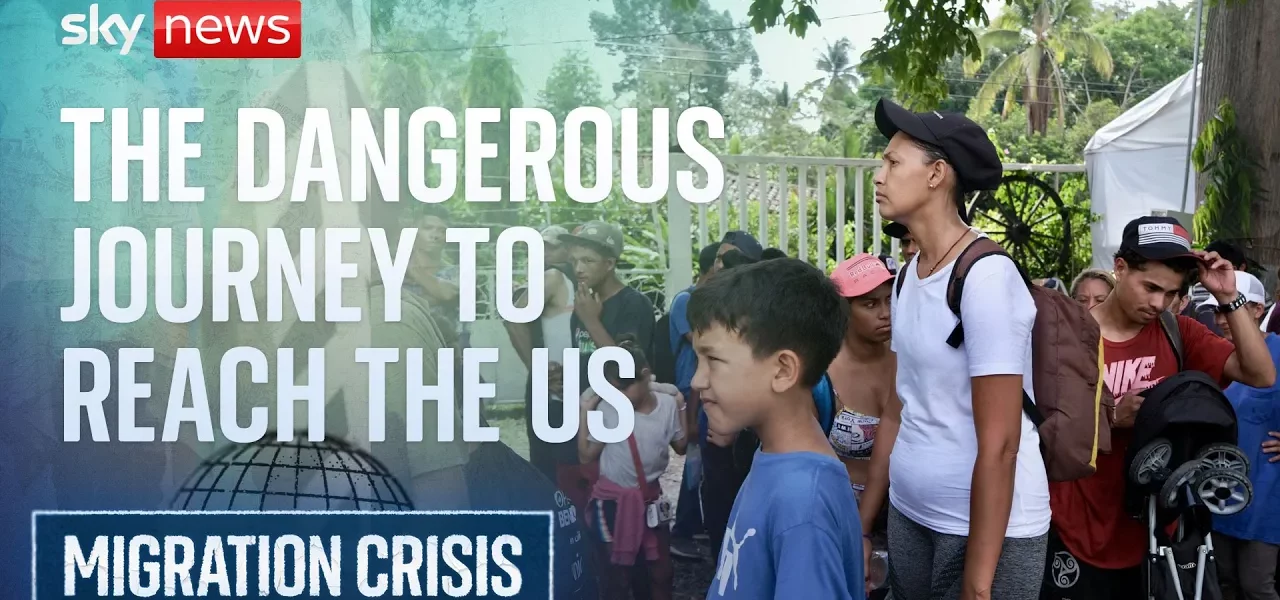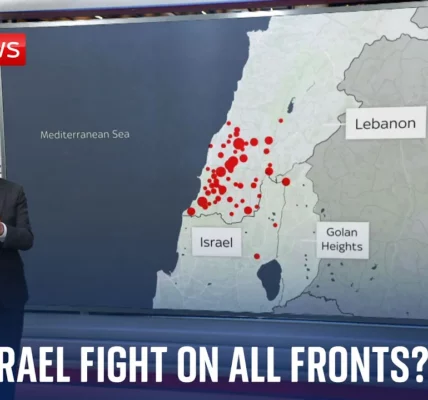Another Migrant Caravan in Southern Mexico Heading North to the United States Border

This article delves into the ongoing struggles of migrant caravans traveling through southern Mexico towards the United States. From the harrowing challenges they face to their unwavering hope for a better future, we explore the realities of these journeys.
Introduction to the Migrant Crisis
The migrant caravan phenomenon has become a frequent occurrence in recent years, with individuals and families from various countries risking everything to seek a better life. In southern Mexico, another group of these determined travelers is making its way north to the United States border, a journey fraught with peril yet driven by desperation. As they traverse approximately 1,600 miles, these migrants face numerous obstacles, including harsh weather conditions, immigration checkpoints, and the ever-present fear of violence.
The Diverse Backgrounds of Migrants
The current caravan comprises individuals from various nations, each with their unique stories and reasons for leaving their homeland. This section explores some of these backgrounds and highlights the resilience of those involved.
Families on the Move
Families are at the heart of this caravan, with many traveling together to ensure safety in numbers. For instance, Myra, a breast cancer patient from Venezuela, has left her home country with her two sons, hoping to reunite with relatives in the United States. Her determination to seek medical treatment and a better life exemplifies the plight of many who undertake this perilous journey.
Facing Dangerous Circumstances
The journey is not merely a physical challenge but also an emotional and psychological one. Migrants like SED, a 28-year-old Afghan, have endured severe trauma, including the loss of family members to violence. The presence of individuals from various countries, such as China, Jordan, and Kazakhstan, underscores the global nature of this crisis.
The Journey Through Mexico
As migrants make their way through southern Mexico, they encounter numerous checkpoints that complicate their progress. The Mexican immigration system presents an additional layer of bureaucracy that often leaves migrants in limbo.
Immigration Checkpoints
At each checkpoint, migrants face uncertainty and the possibility of being turned away. The process can be lengthy and frustrating, as evidenced by the large crowds gathered in Tapachula, waiting for their names to be called. Many have traveled long distances, only to find themselves stalled at these checkpoints.
Living Conditions and Health Risks
The conditions at these checkpoints can be dire, with migrants exposed to the elements while they wait for assistance. The heat can be unbearable, leading to health risks, especially for vulnerable populations such as children and the elderly.
Heartbreaking Stories of Hope and Despair
Among the migrants, individual stories of hope and despair emerge, illustrating the human side of this crisis.
The Story of Edgar
14-year-old Edgar from Venezuela traveled alone after losing his grandmother in Colombia. His journey is fraught with danger, having been kidnapped by a gang and released only after a ransom was paid. This heart-wrenching narrative highlights the extreme risks that young migrants face and their desperate desire to reunite with family members in the United States.
Group Dynamics and Support
Despite the challenges, many migrants band together for support. They share resources, provide emotional backing, and look out for one another, which is crucial in a landscape filled with potential threats. The camaraderie among these travelers helps them cope with the uncertainty of their situation.
Conclusion: The Ongoing Struggle for Migrants
The journey of these migrant caravans is far from over, marked by hope, resilience, and an unyielding desire for a better life. As they navigate the complexities of immigration policies in Mexico and the United States, their stories remind us of the human spirit’s strength in the face of adversity. The plight of migrants highlights the need for compassion and understanding in addressing one of the most pressing humanitarian issues of our time. If you wish to learn more about the migrant experience or support organizations that assist these individuals, we encourage you to explore related articles or get involved in advocacy efforts.
“`




